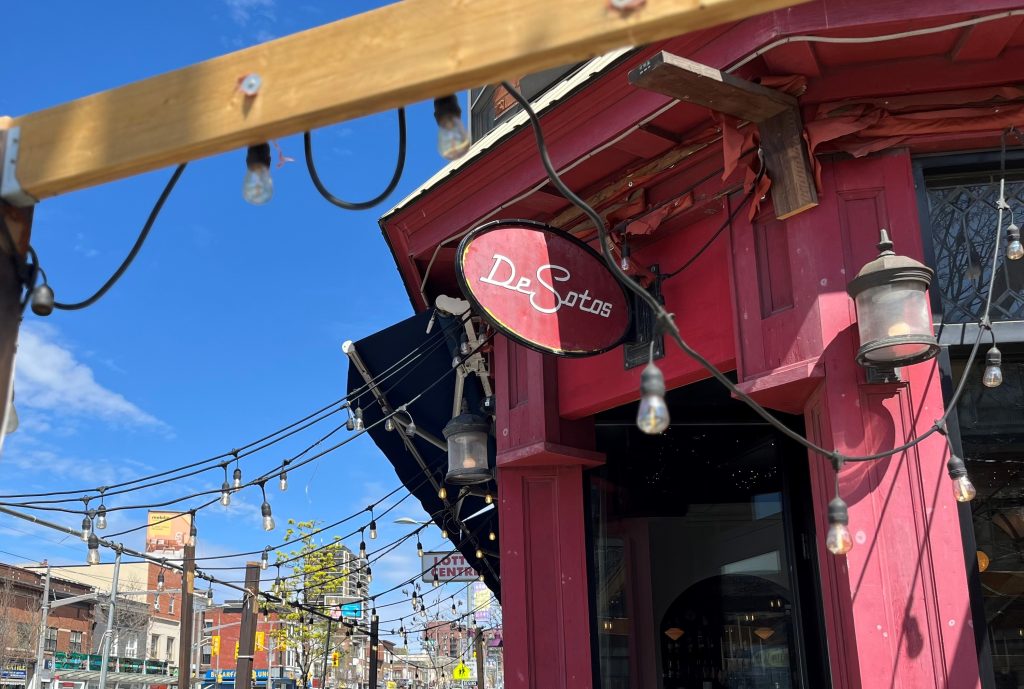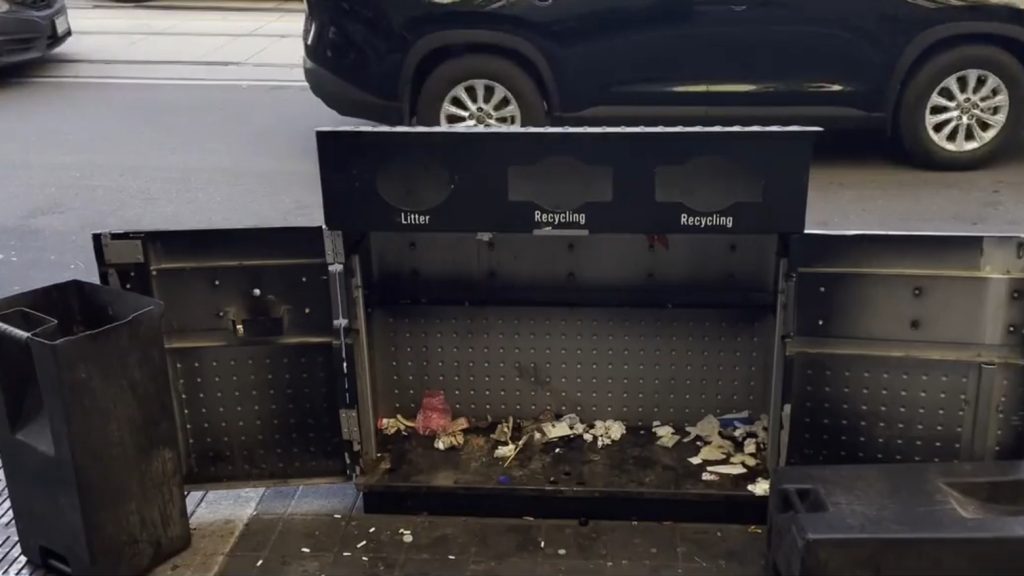Enbridge pipeline reversal plan a threat to First Nations communities: lawyer
Posted October 16, 2013 1:39 pm.
This article is more than 5 years old.
An Enbridge proposal to reverse the flow of a pipeline running between southern Ontario and Montreal puts First Nations communities at risk, a National Energy Board panel heard Wednesday.
Lawyer Scott Smith, representing the Aamjiwnaang First Nation and the Chippewas of the Thames First Nation, said the board has a duty to ensure the Crown adequately consults with his clients before making a decision on Enbridge’s Line 9 — a consultation he said hasn’t happened.
Calgary-based Enbridge wants to reverse Line 9 and increase its capacity to move 300,000 barrels of crude oil per day through the line, up from the current 240,000 barrels.
Opponents of the Line 9 reversal claim the crude Enbridge wants to transport is more corrosive and will stress the aging infrastructure and increase the chance of a leak.
Enbridge has said that what will flow through the line will not be a raw oilsands product — although there will be a mix of light crude and processed bitumen.
But Smith said the reversal of the aging pipeline could negatively impact his clients, whose land lies near or over the pipeline.
“My clients’ central concerns are that repurposing Line 9 will increase the frequency and size of releases of crude oil following implementation of the project, and that such releases will cause large and more severe health, environmental and socio economic effects and corresponding infringement of their rights,” he told the three-member NEB panel Wednesday.
At hearings last week in Montreal, Enbridge counsel Douglas Crowther said the project will redeploy an existing pipeline in a safe, efficient and economical way to the benefit of refineries in Quebec, oil producers in Western Canada “and the broader Canadian public interest.”
Wednesday’s hearing in Toronto was briefly interrupted as it began by five masked protesters who silently held up anti-pipeline signs for about 10 minutes before leaving.
Line 9 originally shuttled oil from Sarnia, Ont., to Montreal but was reversed in the late 90s in response to market conditions, to pump imported crude westward. Enbridge is now proposing to flow oil back eastward to service refineries in Ontario and Quebec.
It says the 831-kilometre-long line is constantly monitored from an Edmonton control centre and can be shut down within 10 minutes if an unexplained reading comes in. A sudden loss of pressure means an automatic shutdown. The line is also patrolled on foot and by air.
If a leak occurs, a team can be on site in up to three hours, but the company is working to improve that by adding an emergency crew in Mississauga, Ont., to deal with problems in the Greater Toronto Area.
A portion of the line has already received approval for reversal and has been sending oil from Sarnia to North Westover, Ont. — about 30 kilometres northwest of Hamilton — since August.










